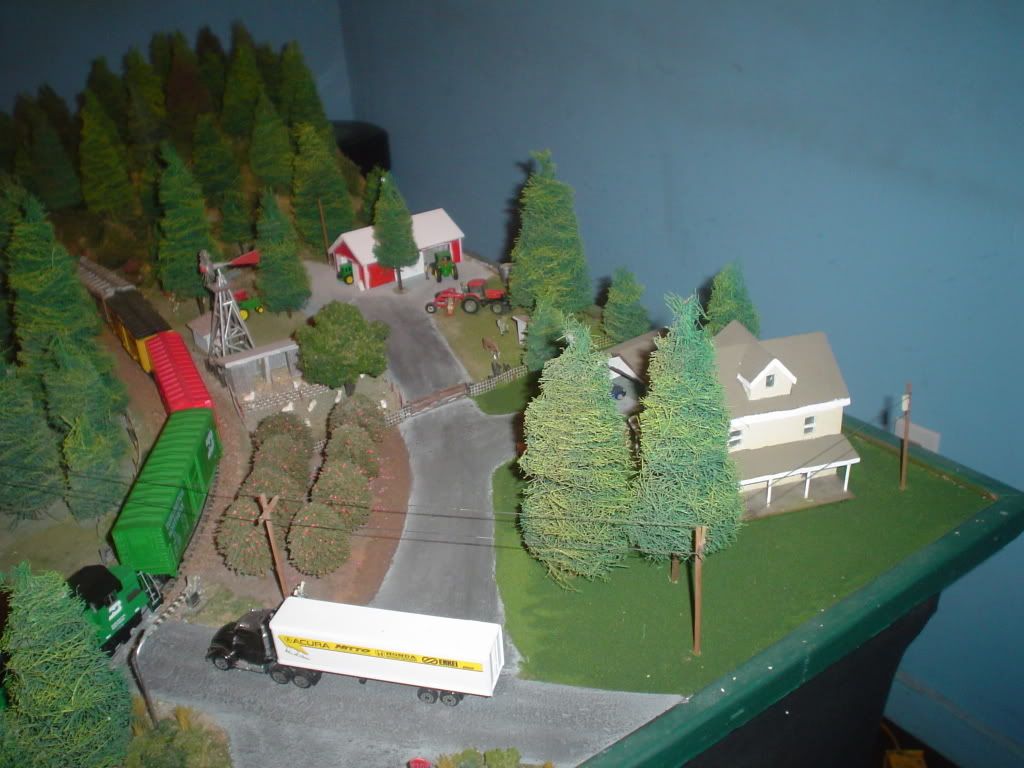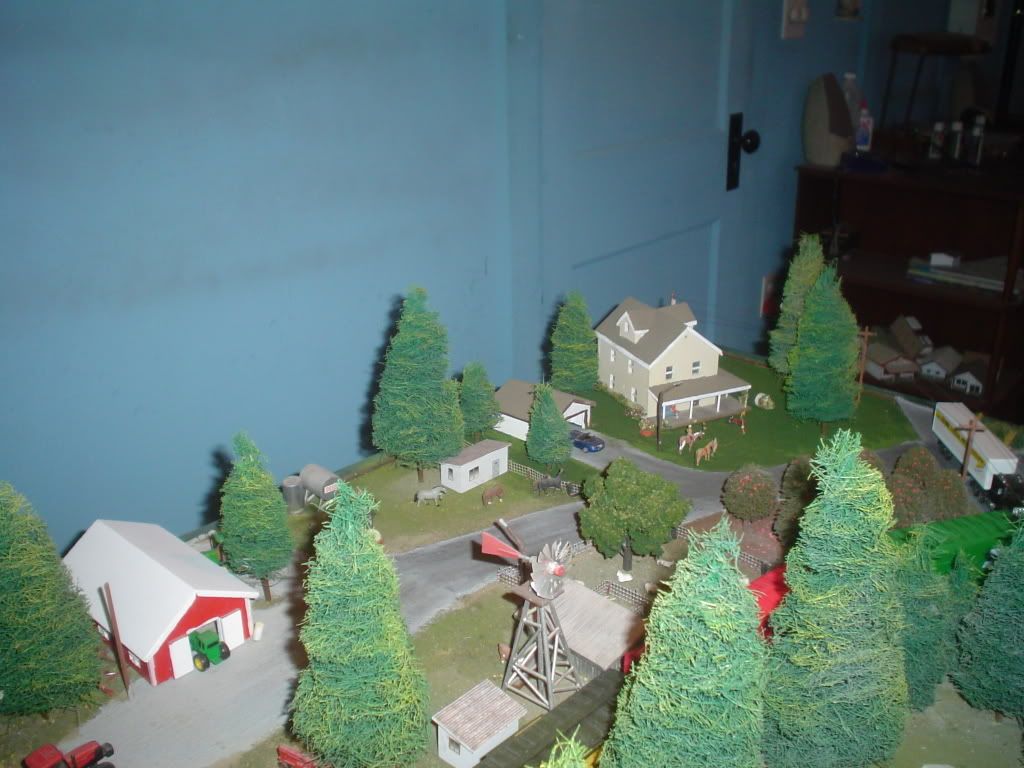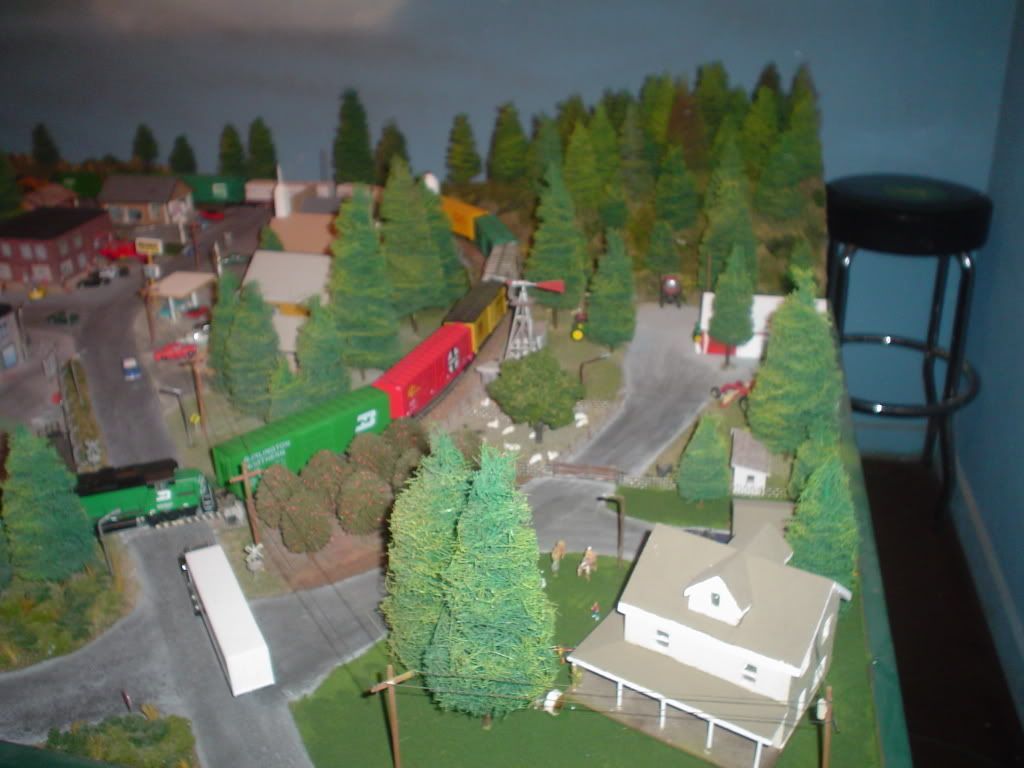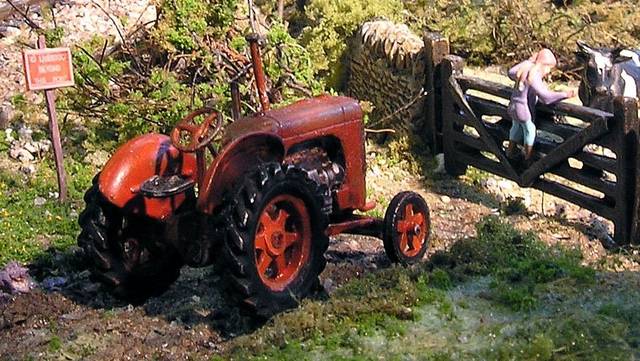I can’t disagree with what’s been written so far, but let me add on…
Definitely a SMALL yard. For most small family farms, land is a premium and would be used to hold livestock (for grazing), a garden (veggies and such), or cultivation.
A Windmill would most likely be right on top of or right next to a well. Here in northern Maryland, these are usually hand-dug pits that are stone lined (fieldstones) and covered with a wood platform-- usually about 8’ x 8’.
Most dairy farms around here though-- the barn would be closest to the road, so that the dairy trucks don’t rumble by the house. You’ll also find that the barns are placed in a way that is typically downwind from the house.
The type of livestock and the era will dictate your fencing-- most modern cattle ops (dairy or beef) would choose what is called “five wire New Zealand fencing”. It’s litterally five wires that run across vertical (usually cedar posts) about 4.5’ high. If you want to follow the traditional New Zealand pattern-- which is becoming popular here in Maryland – you segment the pastures in 1 acre lots with gates and gated “paths” between. This helps with graze rotating (and makes the soil conservation folks real happy).
Some cattle farmers will use the same posts, but run “box wire”, with a strand or two of barb wire (1 in the middle, 1 on the top). For temporary pasture, farmers will sometimes run two strands of electrified barb wire using steel stakes.
Sheep farmers also use the same arrangement…
With horses, you will tpically see four or five board fencing. One little detail touch-- each post will have a vertical board nailed to the face of the fence boards as “extra protection”.
With hogs-- they just live in a pit. Barb wire all the way. Hogs don’t like pain. It will also be muddy, sloppy, and crappy.
If you are using hogs or cattle, don’t forget corn cribs. These can be slatted wooden structures OR cylind






